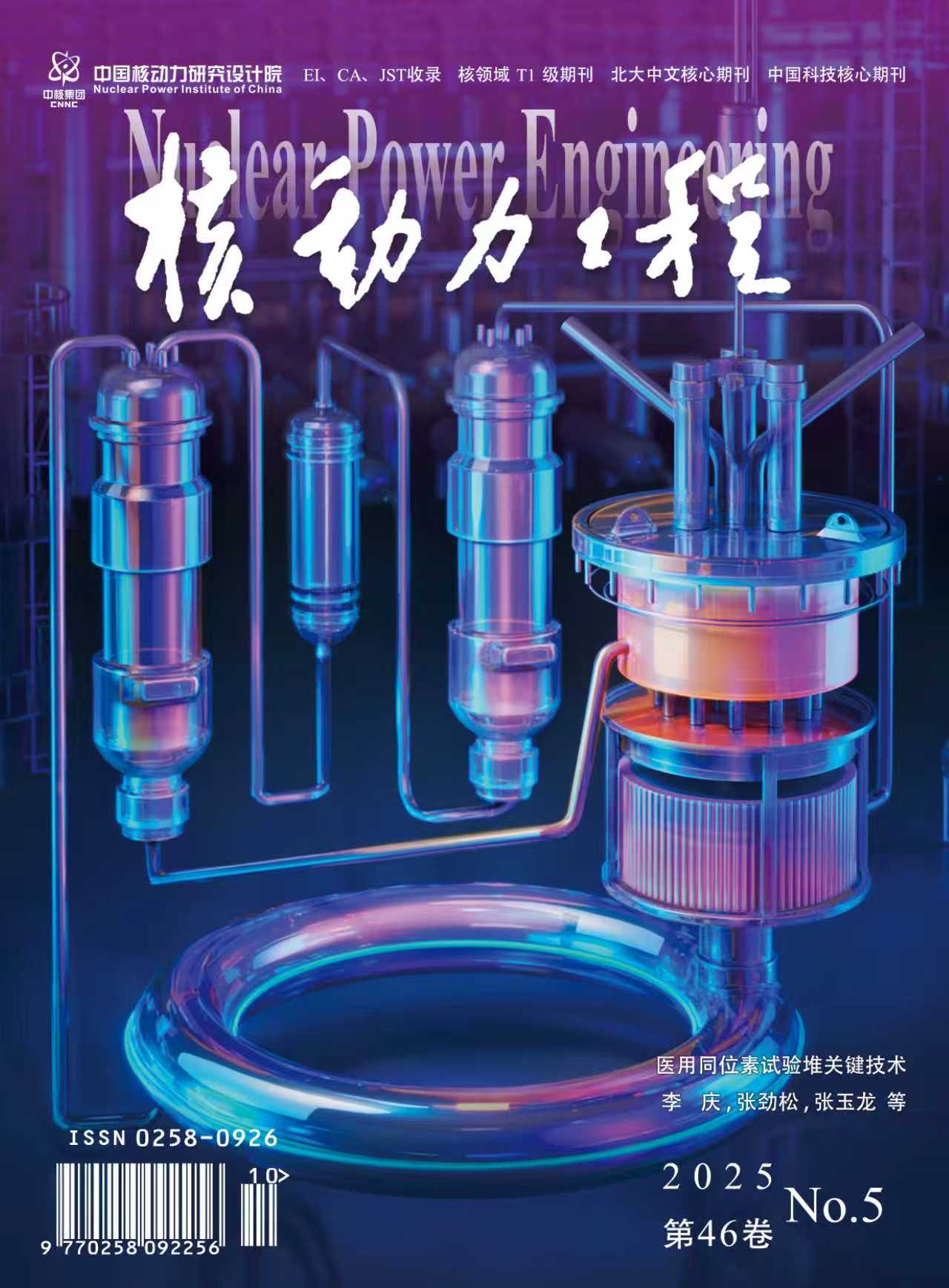2009 Vol. 30, No. 4
Display Method:
2009, 30(4): 1-3,8.
Abstract:
2009, 30(4): 4-8.
Abstract:
2009, 30(4): 9-12.
Abstract:
2009, 30(4): 13-16,58.
Abstract:
2009, 30(4): 17-20.
Abstract:
2009, 30(4): 21-23.
Abstract:
2009, 30(4): 24-27,36.
Abstract:
2009, 30(4): 28-31,67.
Abstract:
2009, 30(4): 32-36.
Abstract:
2009, 30(4): 37-40.
Abstract:
2009, 30(4): 41-46.
Abstract:
2009, 30(4): 47-51,95.
Abstract:
2009, 30(4): 52-54,85.
Abstract:
2009, 30(4): 55-58.
Abstract:
2009, 30(4): 59-63.
Abstract:
2009, 30(4): 64-67.
Abstract:
2009, 30(4): 68-70,80.
Abstract:
2009, 30(4): 71-74.
Abstract:
2009, 30(4): 75-80.
Abstract:
2009, 30(4): 81-85.
Abstract:
2009, 30(4): 86-90.
Abstract:
2009, 30(4): 91-95.
Abstract:
2009, 30(4): 96-99,112.
Abstract:
2009, 30(4): 100-104.
Abstract:
2009, 30(4): 105-107,112.
Abstract:
2009, 30(4): 108-112.
Abstract:



